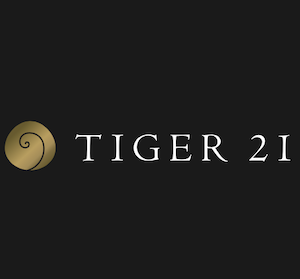By Michael O’Brien (pictured), Nasdaq – Ask buy side firms about the areas where they are most vulnerable to legal action, and they will likely put insider trading on the list. In the last few years, regulators around the world have shown their willingness to investigate and prosecute insider trading cases, and levy severe fines and penalties. Importantly, the firms involved have suffered significant damage to their reputation.
To successfully prosecute an insider trading case, regulators generally need to prove that the person was in possession of the information, and that the person then acted on it. Each region takes a unique approach to insider trading. In the US it has traditionally centred on the violation of a fiduciary duty, for example, whereas in the EU the approach is much broader.
Buy side traders often come into possession of price-sensitive information in their interactions with companies. They need to be able to control that information and ensure that it is quarantined. Yet, a February 2015 review of surveillance in buy side firms conducted by the UK’s Financial Conduct Authority (FCA) showed that standards need to be improved. According to the FCA, firms particularly need to pay more attention to the possibility of receiving inside information through all aspects of the investment process and take steps to manage this risk.
Given the high stakes, buy side firms need sophisticated technology to monitor for insider trading. These systems have algorithms that look at activity in a security around the time of price-sensitive announcements. They also monitor specific accounts, as well as activity done by an individual trader or group of traders.
An alert may be generated if, say, an individual normally trades a few thousand shares a day in Company A, and then a few hours before an announcement that person trades several times that amount. Setting up a new account with a different broker could raise a red flag because someone who is planning to trade on inside information typically will not deal through an established account. The type of instrument being traded may generate an alert as well. For example, buying out-of-the-money call options very close to the expiration date could be suspicious.
A holistic surveillance solution monitors market data such as orders, amends and cancels as well as electronic communications. Ideally, it should leverage machine intelligence to understand and decipher electronic communications, and link it to trading alerts. That is because collusion often occurs through emails and chat rooms, and certain language may be used to mask the activity. The solution should be able to visualise both the parent order within the market context as well as related execution quality analytics for each executing broker, trader or portfolio manager.
Ultimately, surveillance is a cost of doing business nowadays. The penalty for not preventing and detecting insider trading would likely far outweigh the necessary investment in technology. The good news is that solutions are scalable, so buy side firms of all sizes can monitor their trading activities cost effectively.
For a full list of buy-side surveillance recommendations, please download Nasdaq’s recent whitepaper Inside Out: What buy side firms should know about monitoring for insider trading.







